My services
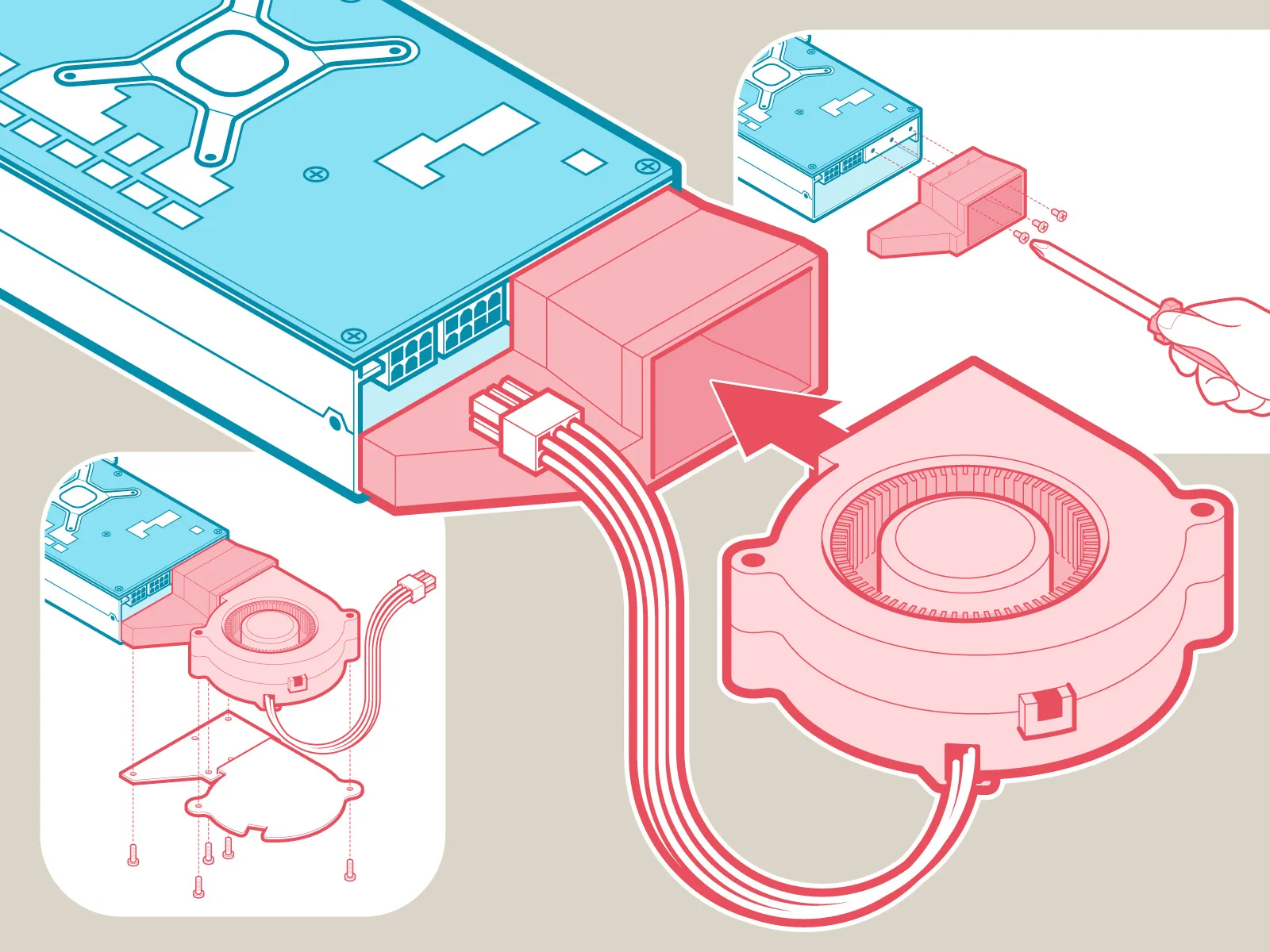
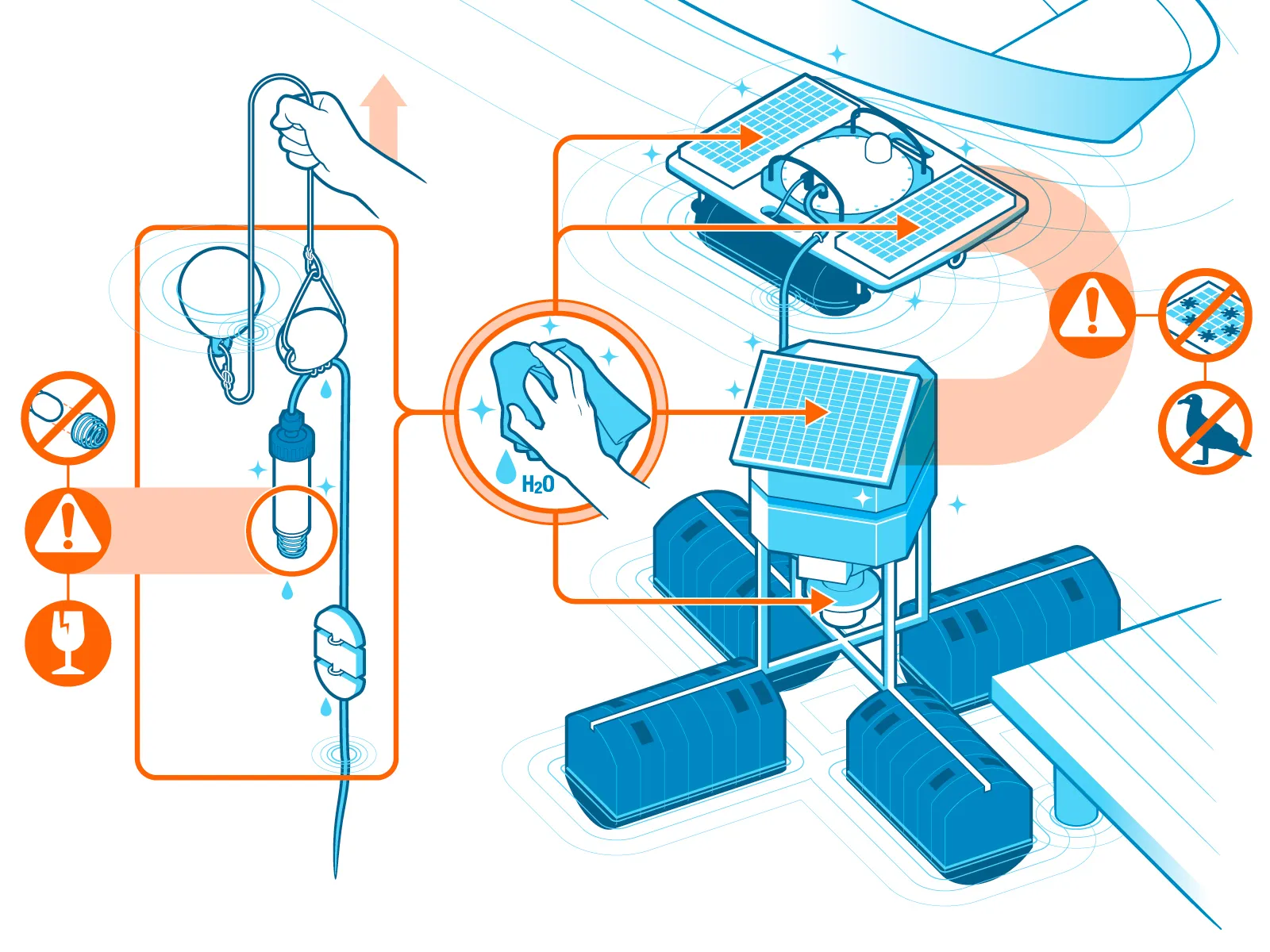


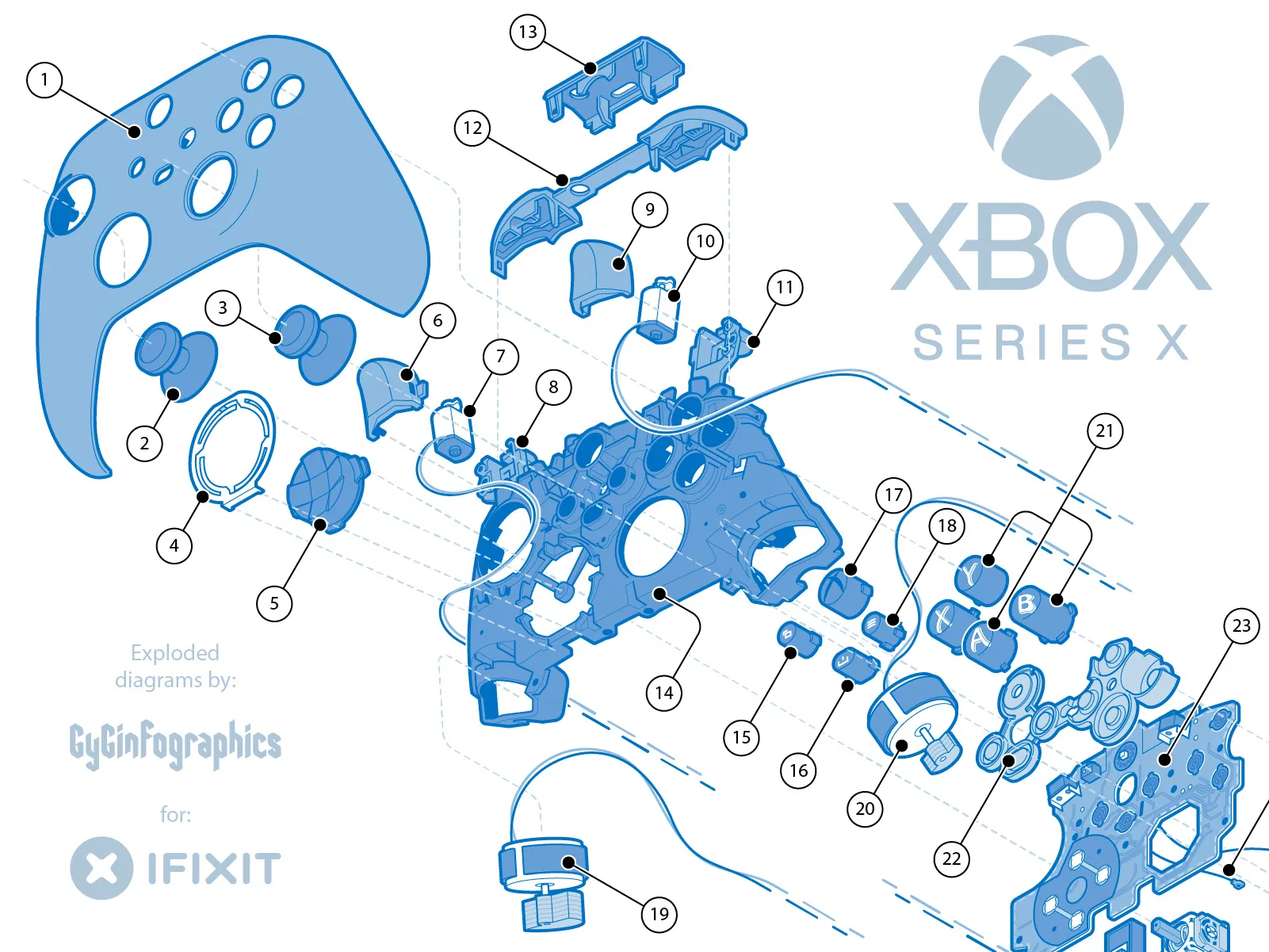

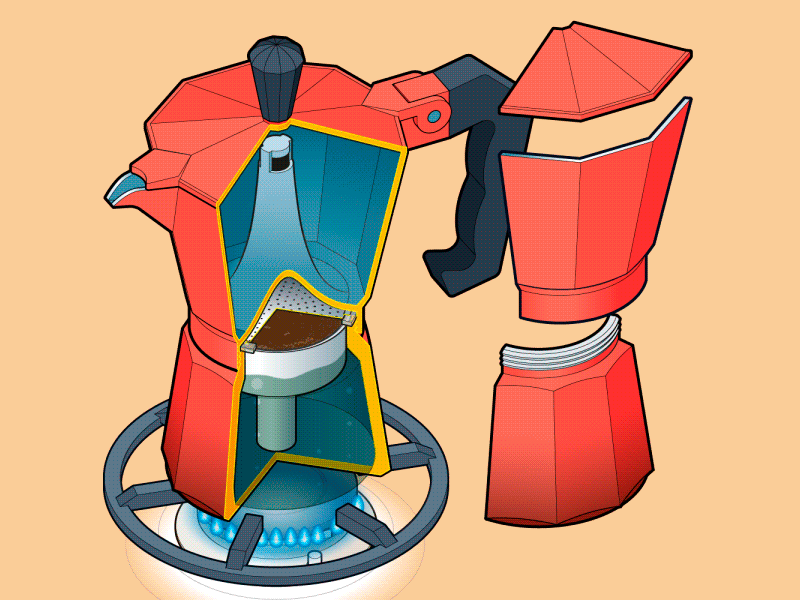
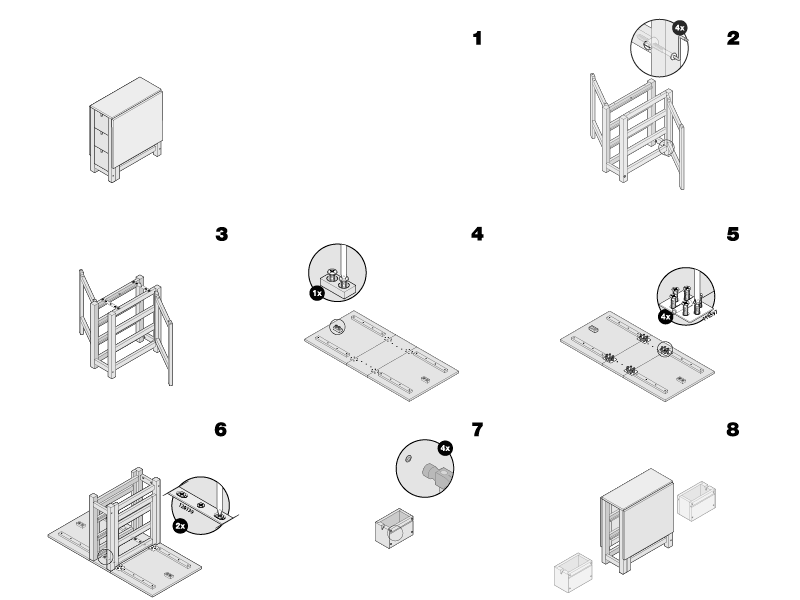
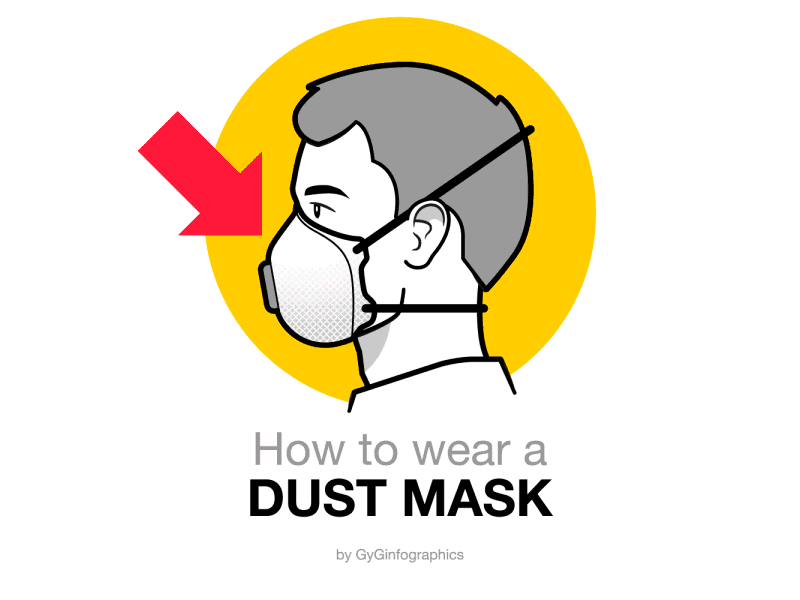
As you can see, my work focuses on vector illustration, leveraging the advantages of isometric projection to create graphics and infographics that clearly explain concepts in engineering, science, and technology, while helping to communicate complex ideas in an accessible and precise way.
Discover many more of my projects and their respective applications in my online portfolios:
So, what do you think?
Giving your technical ideas a visual language!
Let’s make sure your readers, clients, users, or operators understand your ideas, sparing them headaches (or worse) while giving them the ability to maximize their potential. Meanwhile, you’ll save time, avoid interpretation errors, claims, returns, accidents, and management costs with high-quality visual communication.
If you decide to illuminate your ideas...
... make it
remarkable!
Contact
Do you have a project I can help you with?
Write to me at:
fran@gyginfographics.com,
and share all the references you can,
I'll be happy to provide you with a quote.



















